
The Cordyline fruticosa plants are most beautiful eye-catching evergreen perennial plants with broad leaves. Plant foliage varies in different colors such as red, pink, yellow, white & other streaks.
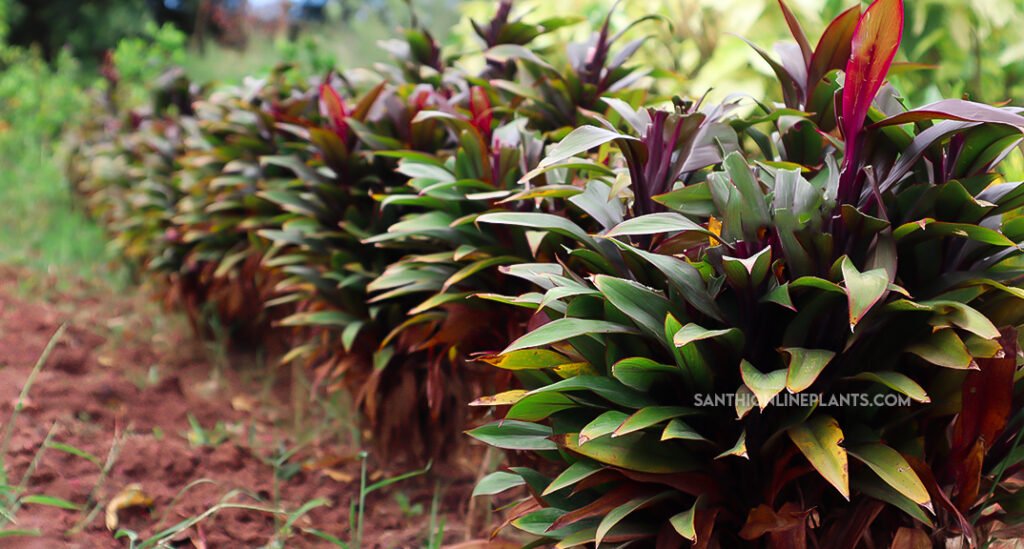
These cordyline fruticosa plants are commonly called Hawaiian ti plant, good luck plant, ti plant, palm lily, cabbage palm, and miracle plant belonging to Asparagaceae. This plant is often believed to bring good luck to the home.
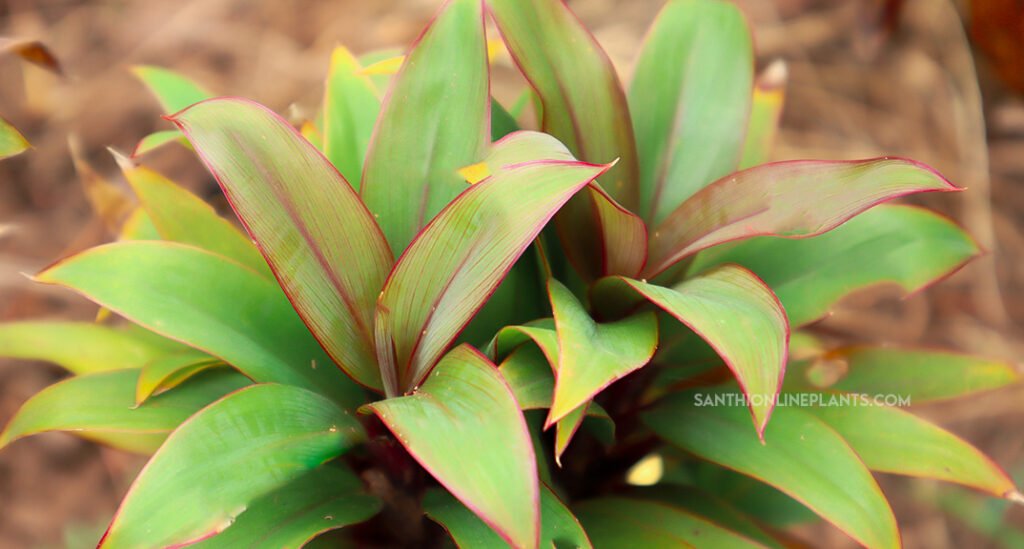
This cordyline plant variety prized & beloved especially for its colorful, long-lasting foliage with attractive stripes. The name Hawaiian ti plant name due to the reason that this croton plant believed to bring positiveness, creation, and blessing during those times in Hawaiian culture.
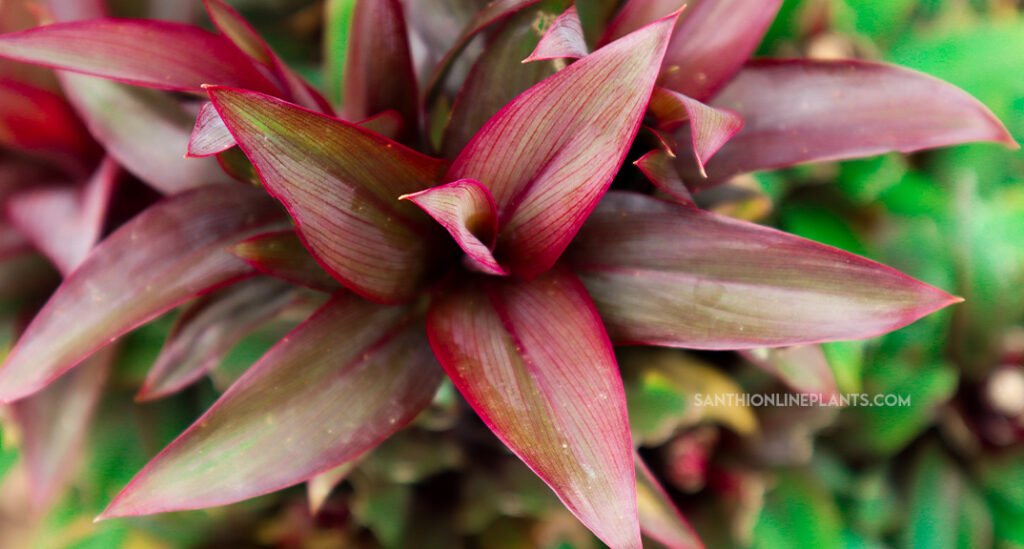
This croton plant variety range from about 100+ plants. Among those the most popular varieties such as Cordyline congesta, cordyline rumba, cordyline kiwi, black magic, australis purpurea, Lemon-lime, miss andrea, red Ruby, celestial queen, & Hybrid ti.
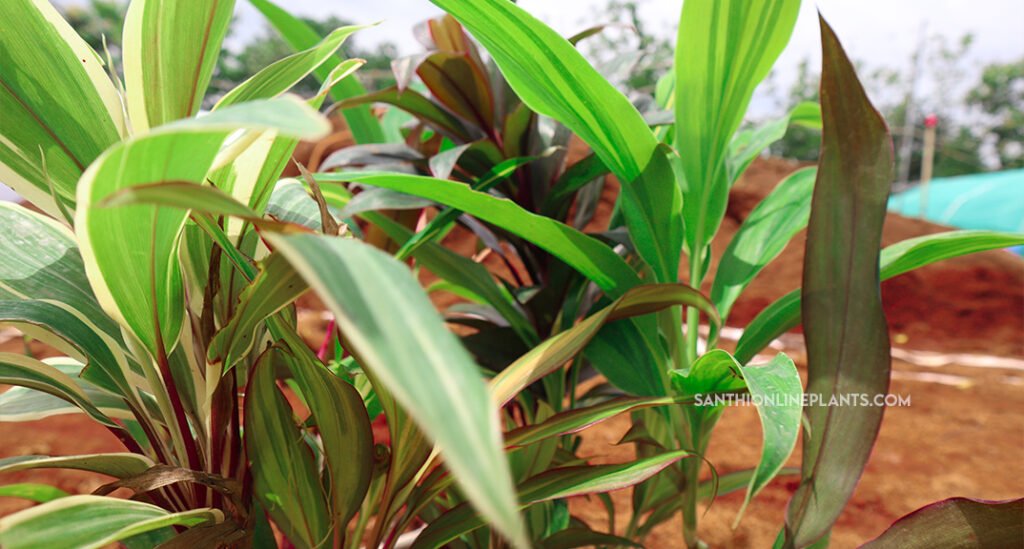
This croton plant variety has attractive dark-colored foliage with smooth, glossy broad leaves. It is fast growing plant with a woody stem.
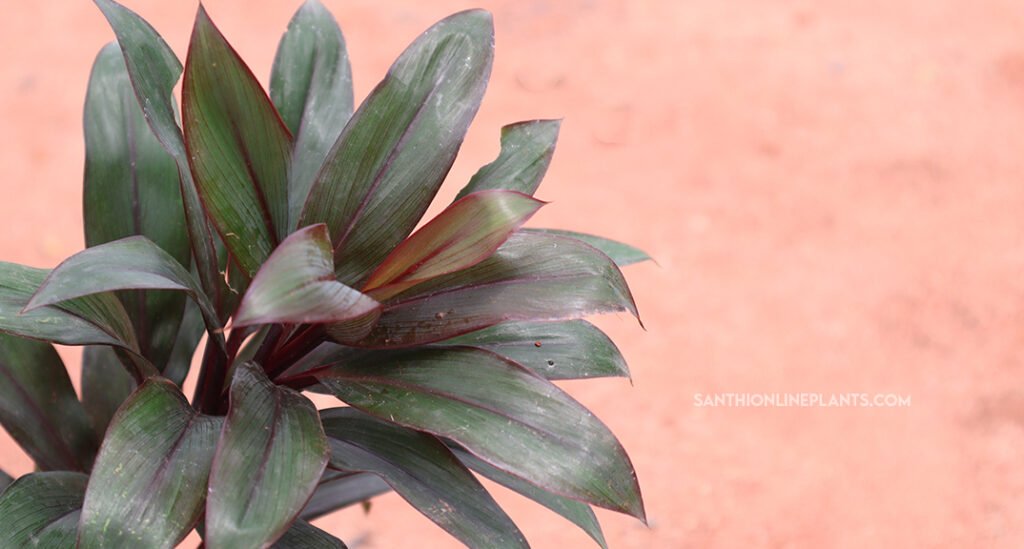
The most attractive ornamental plant grows like dracaena plants with wide long leaves. The foliage color seems to be dark green with pink shades at the margins. Mature plants up to 9-15 feet tall.
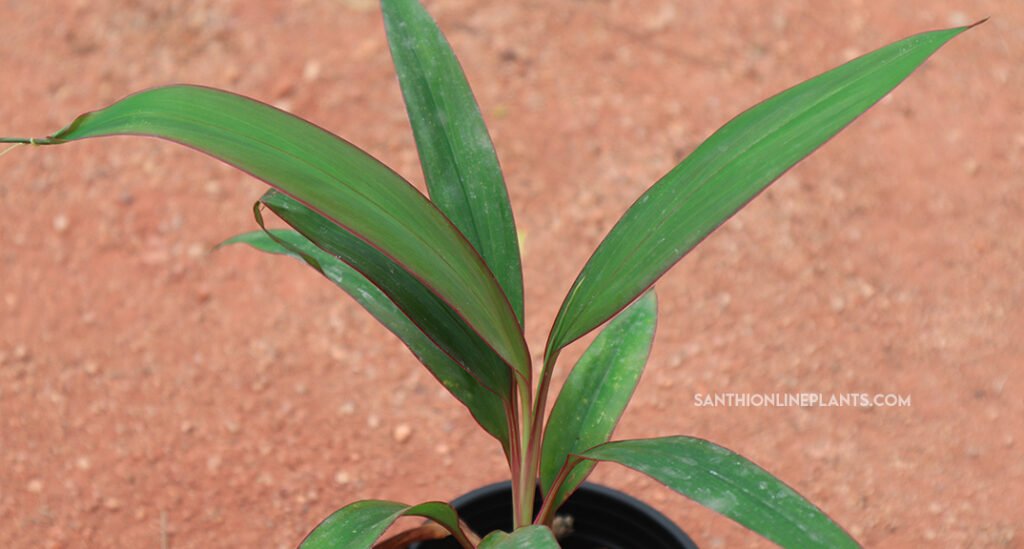
This Hawaiian ti plant has a wide range of creamy yellow stripes which make the environment look eye-catching. This ti plant placement can be both indoors & outdoors.
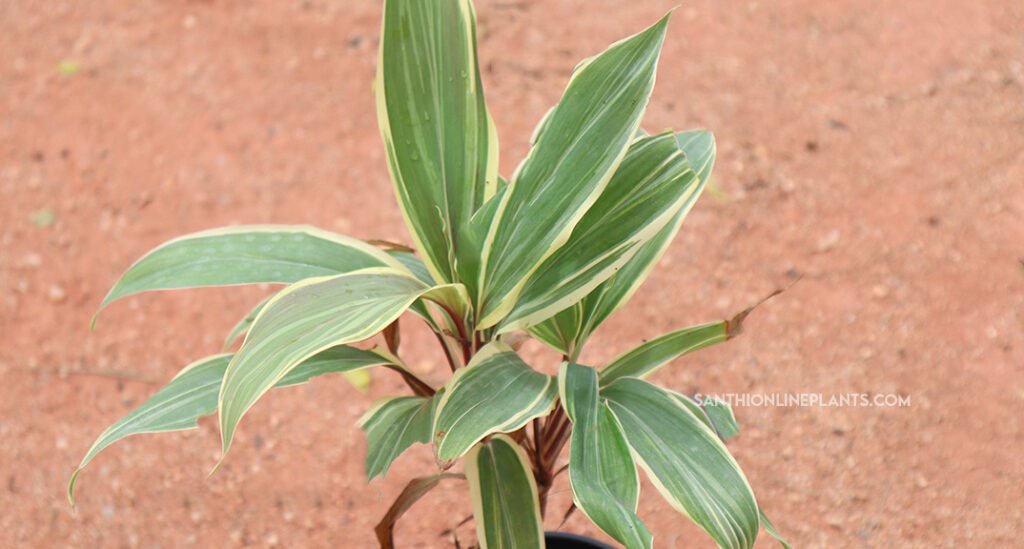
This cordyline ti plant loves to grow in a wide range of fertile soil preferably acidic pH. Soil may be sandy loam, clay, or coco peat potting mix.
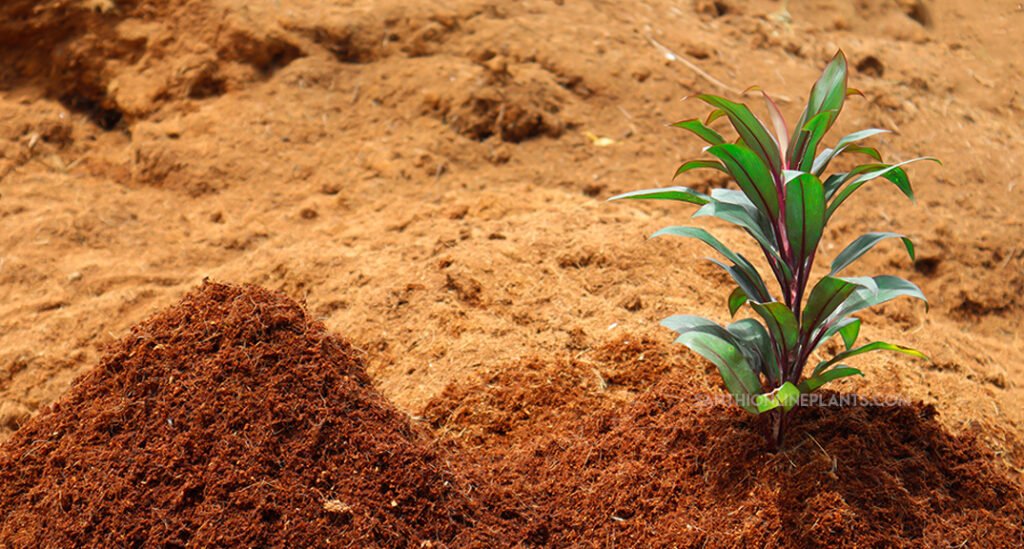
This good luck plant requires regular intervals of watering during the summer season. Minimize watering the cordyline plants during the winter season.
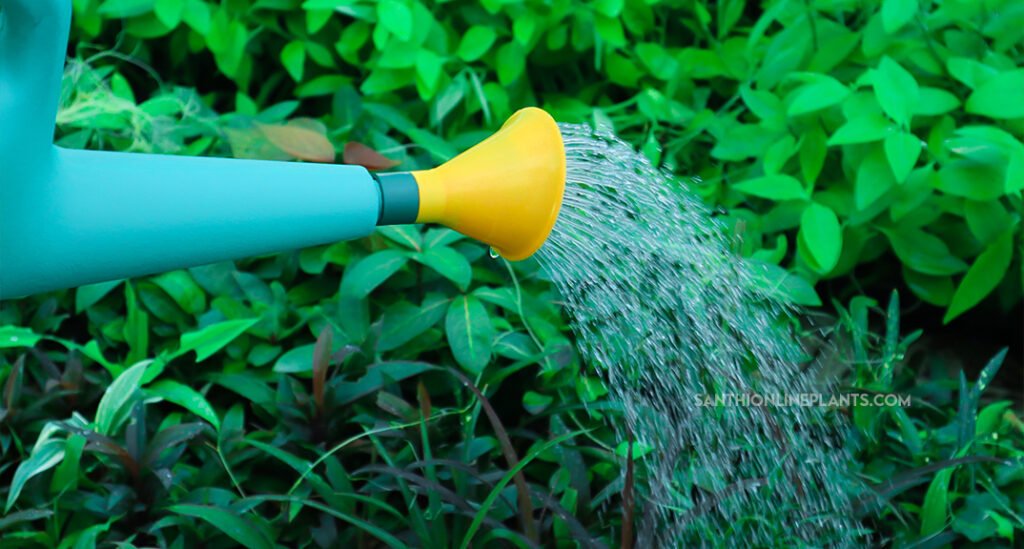
Sunlight requirement for this variety is direct sunlight of 4-5 hours with partial shade. Too much light may fade some variegated cordyline plants.
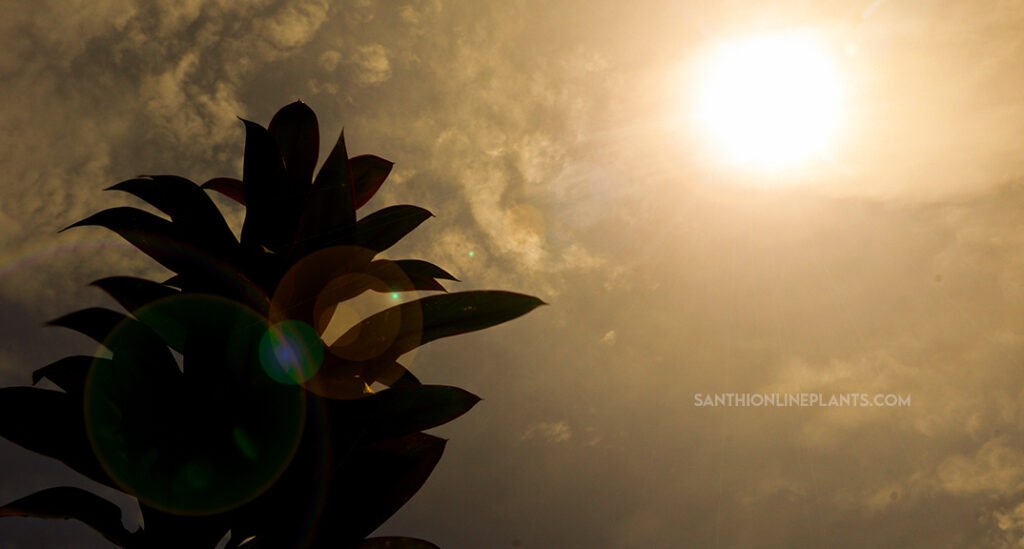
This croton variety propagated through the methods such as Tip cuttings, Stem cuttings & Air-layering.
From mature plants take the tip cuttings. Take tip cuttings from 3-4 cm of the plant. And plant the cutting in potting mix or soil.
Take 3-4’ cuttings from the matured plant just below the node of the plant and place the plant in the prepared potting mix.
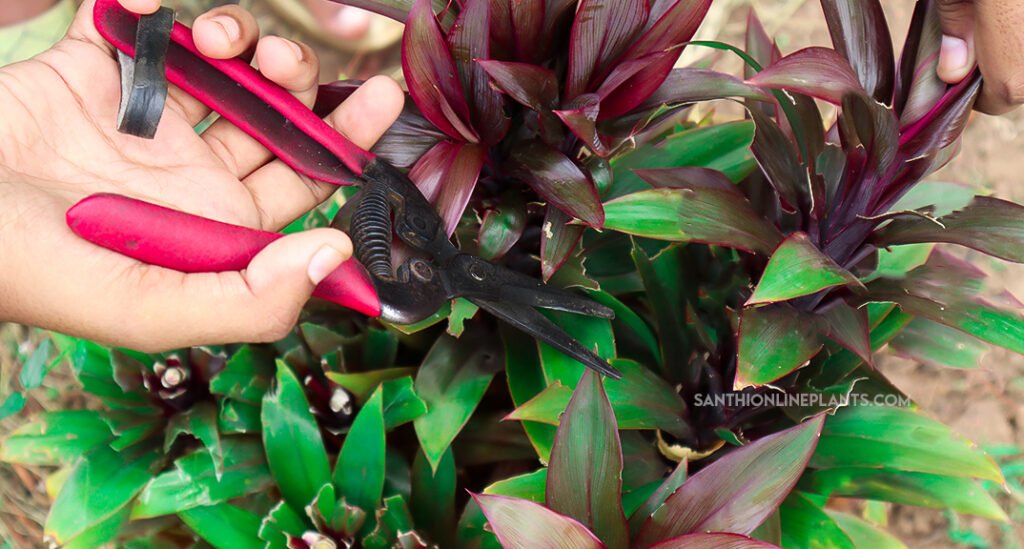
The placement of this plant in both indoor & outdoor environments.
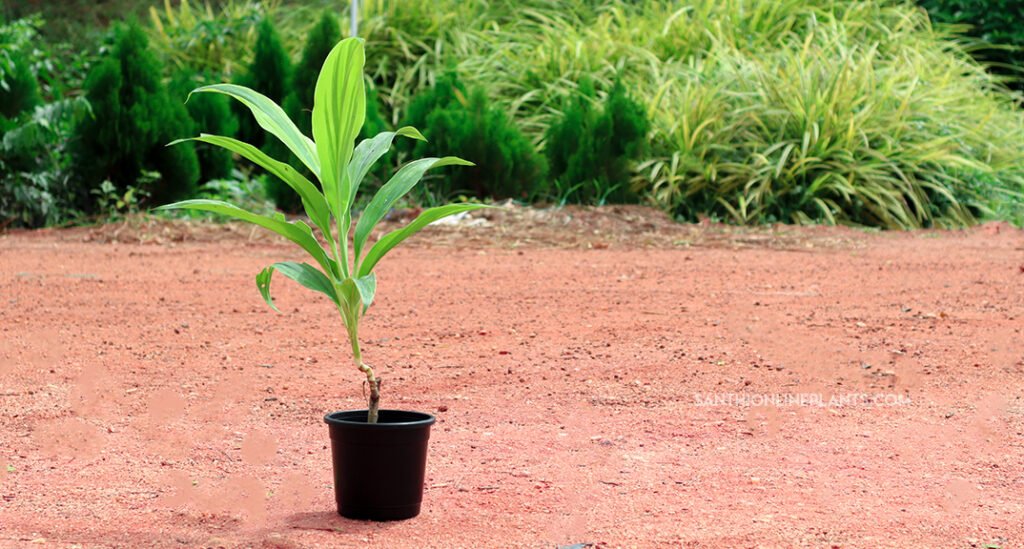
Transfer the plants to a new large-size pot one year after planting or to a suitable soil surface.
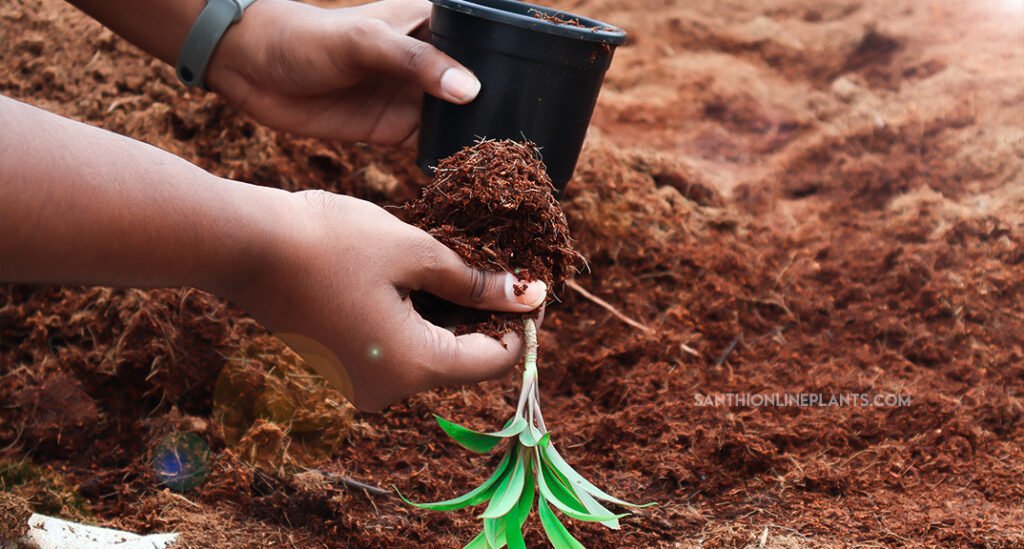
Application of any organic fertilizer or well-decomposed manure around the plants helps to grow this croton plant bushy clump & wide in appearance.
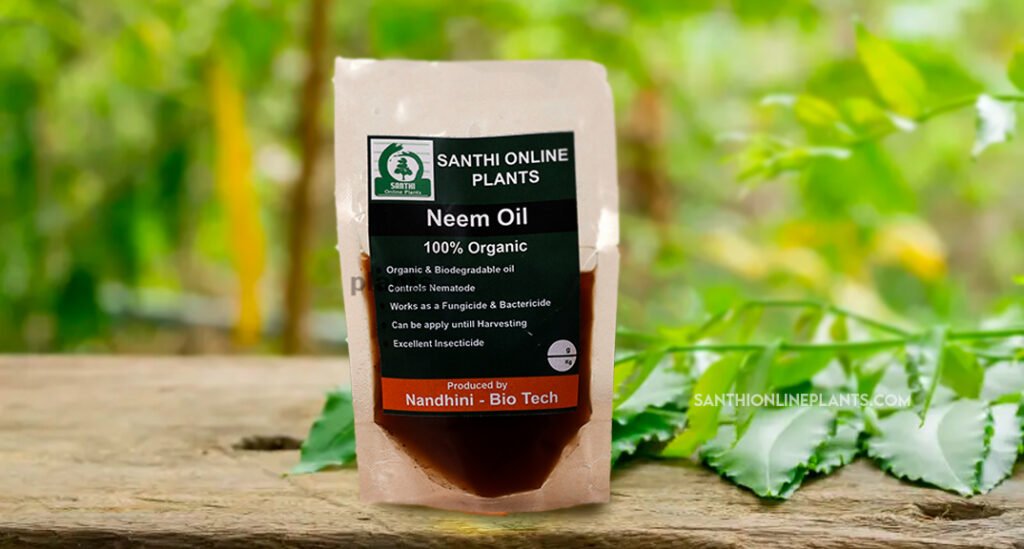
Wipe the dust using wet clothes weekly once for the promotion of photosynthesis.
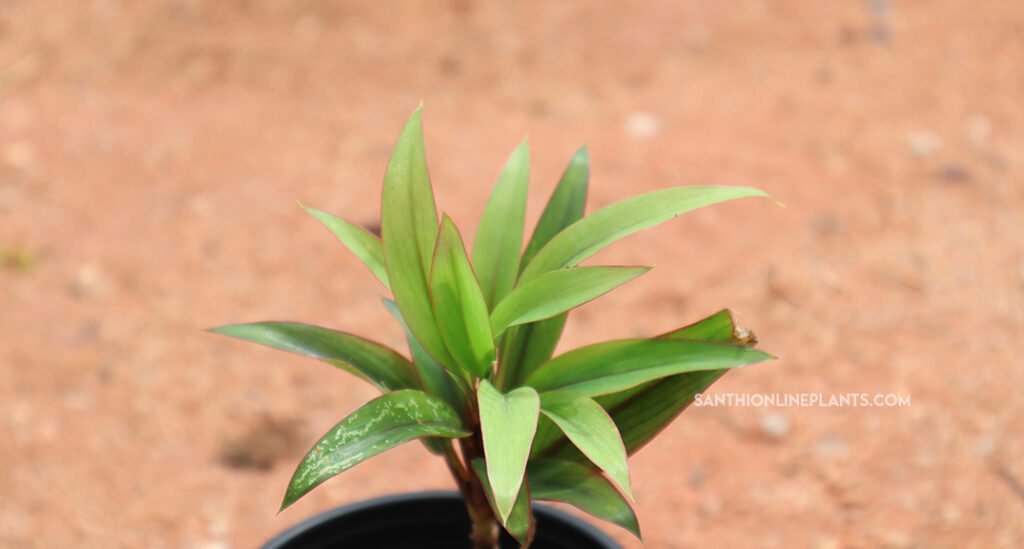
These plant varieties do not contain major pests & diseases. The plant occasionally gets leaf spots, mealy bugs, spider mites, and scales are infected.
To control pests & diseases application of neem oil in diluted form through the foliar spray.
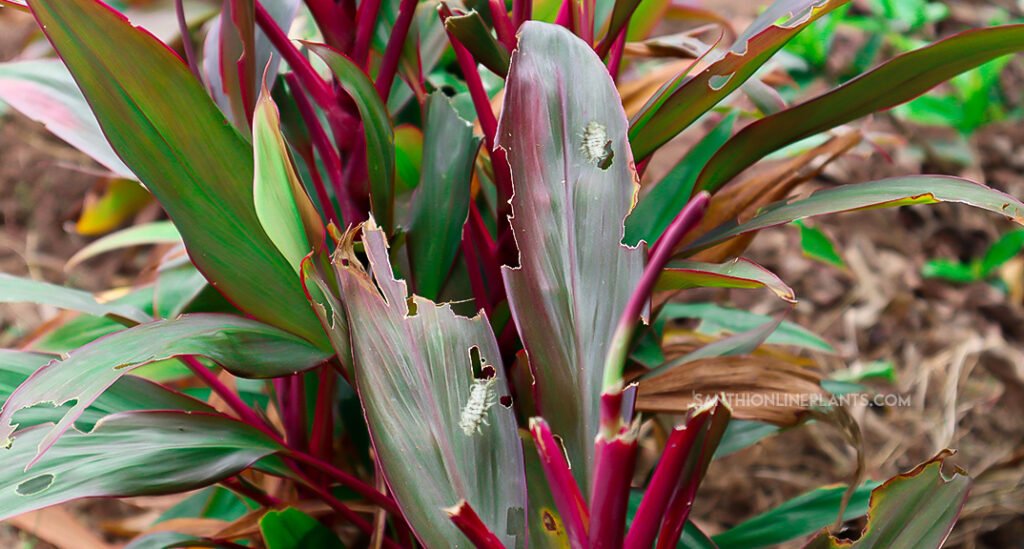
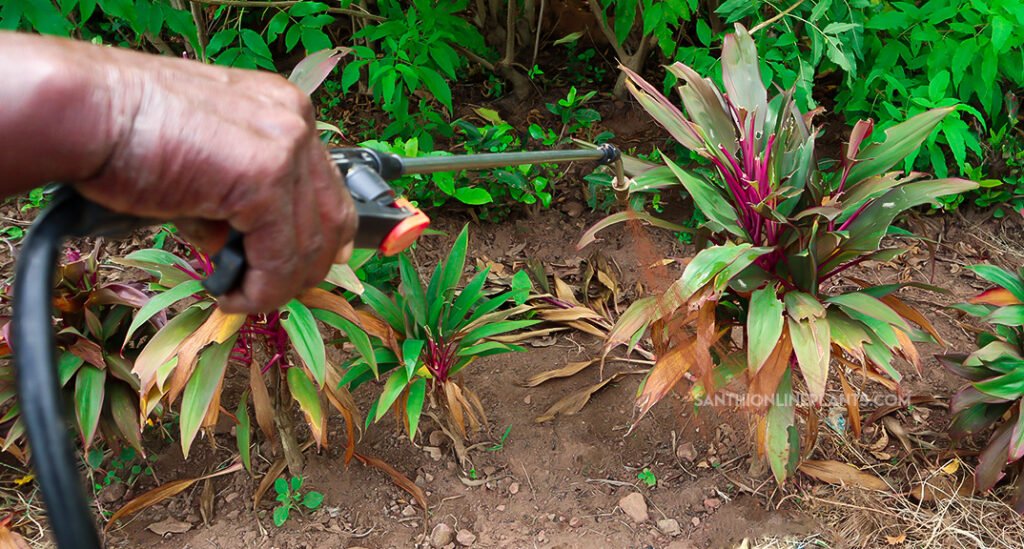
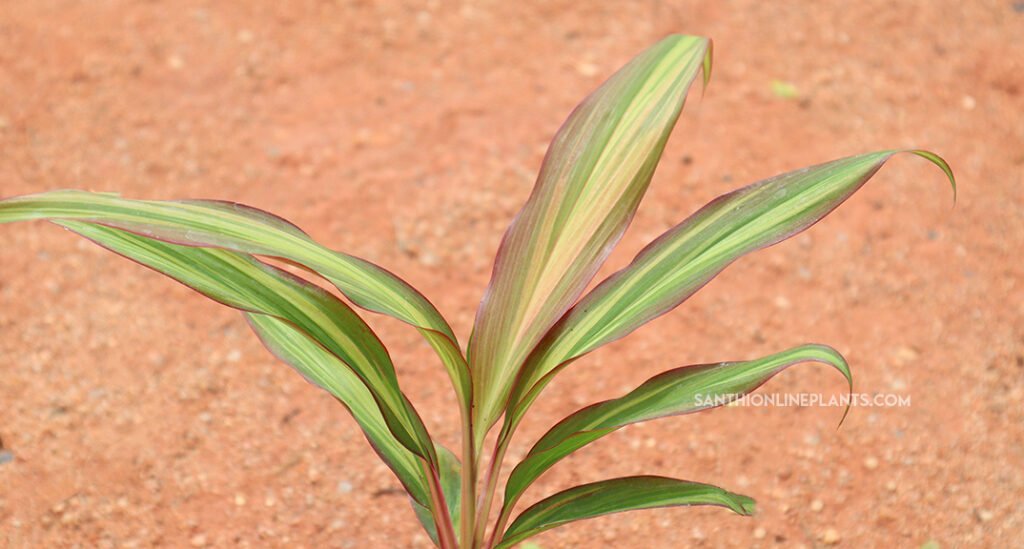
Mostly air purifier croton plants absorb pollutants into their leaves & other toxic substances absorbed into the root. And that toxins are converted into nutrients by the plants.
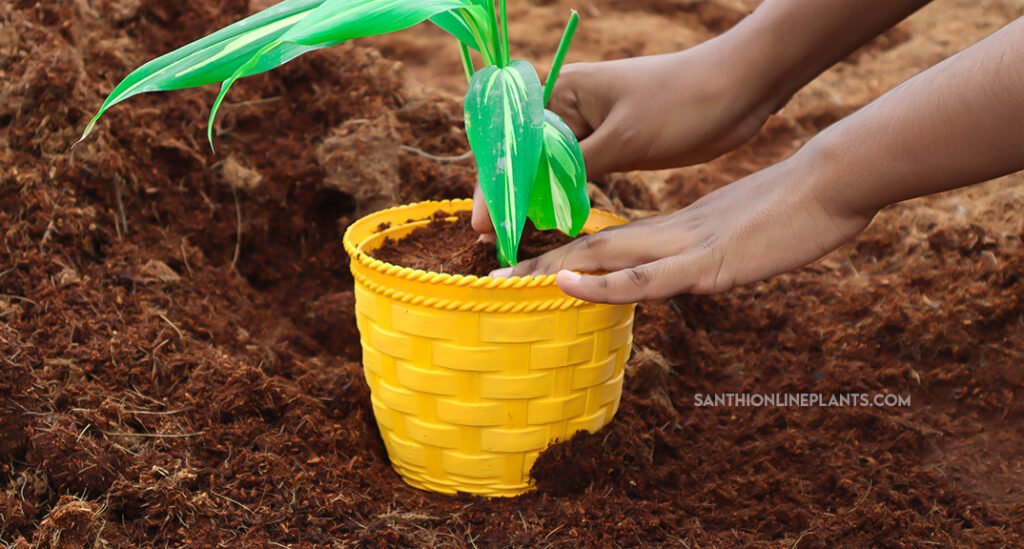
Cordyline fruticosa-ti plant crotons
Blog Completed By: Santhionlineplants
Diego Simeone
Neque porro quisquam est, qui dolorem ipsum quia dolor sitdown ameto, consectetur, adipisci velit, sed quiata non numqua eius modi tempor incidunt ut labore et dolore magnam, semper quis mollis id, ullamcorper ut diam.
Reply